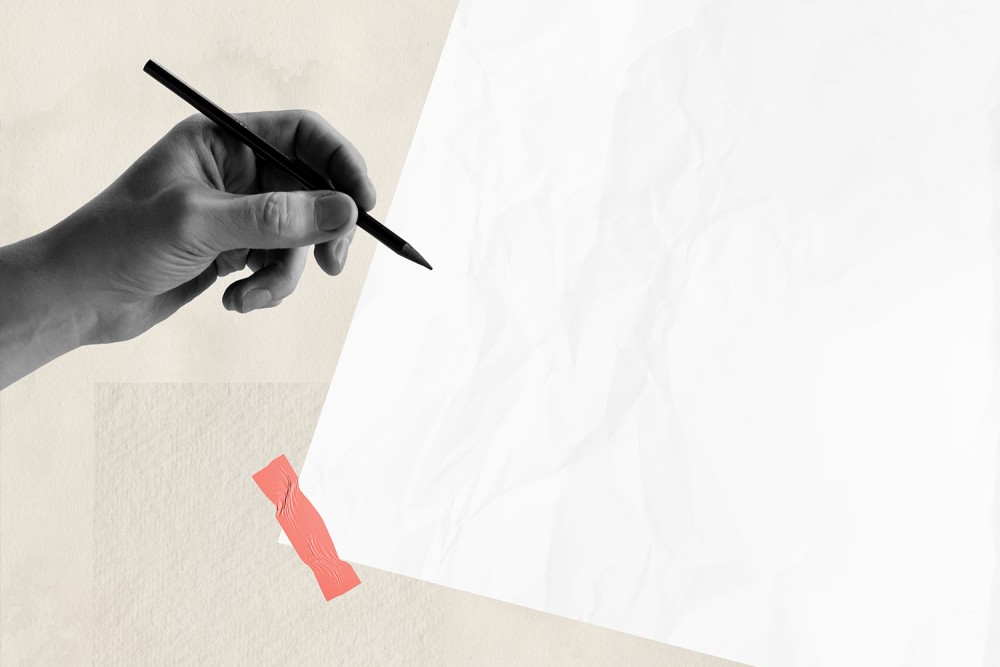Metaphors for the spiritual life
I have been an onion peeler and an excavator. I hope God will form me into a bridge.

(Image by Anton Vierietin / iStock / Getty)
When I teach writing workshops, one of the prompts I like to give my students is this: “Choose a metaphor that characterizes your spiritual life, and describe why it’s meaningful to you.” Some students head straight to the gospels. They describe wandering in the wilderness, abiding in the vine, taking up a cross, or feasting on the bread of life. Others turn to the language of the body: running a marathon, wrestling in the dark, climbing a mountain, struggling in labor. Still others draw on nature, geography, architecture, or art: “My spiritual life is a garden, a pool, a forest, a cave.” “I’m sewing a quilt, demolishing a house, restoring a painting, composing a symphony.”
I assign this prompt because the answers it yields are so rich and revealing. Within a few minutes of putting pen to paper, my students find that their spirituality is powerfully spatial, or athletic, or combative, or artistic. They discover that their God is a baker, a potter, a boxer, a field guide. Or that their approach to religious life is all about movement, or stillness, or caution, or yearning.
I encourage my students to return to this exercise from time to time and redo it, because our governing metaphors don’t remain the same. They change in ways that are worth noticing.





